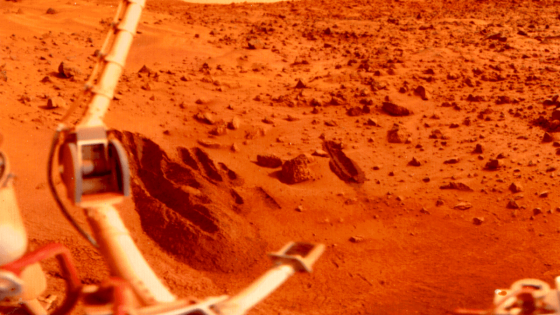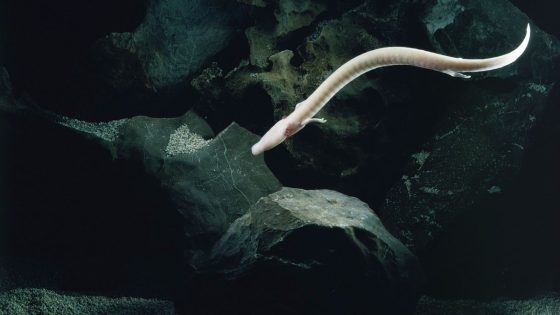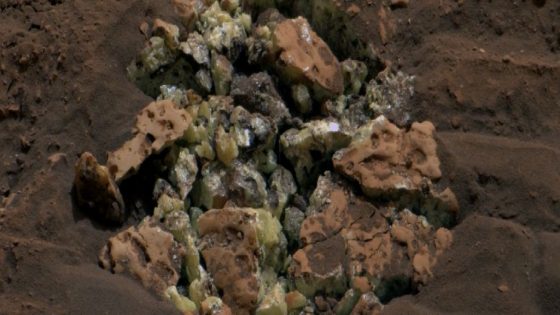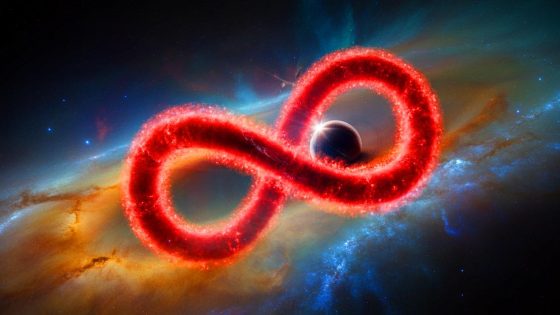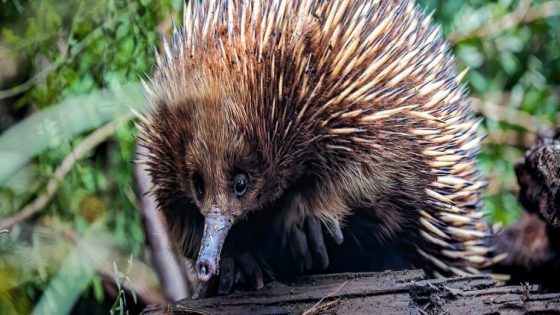The search for life on Mars has captivated scientists for decades, and recent discussions suggest we may have already encountered it nearly 50 years ago. As the Mars Sample Return program gears up for its 2030 mission, intriguing insights from past experiments are resurfacing, particularly those conducted by NASA’s Viking landers.
- As the search for life on Mars continues
- Viking landers conducted biological tests
- Initial results were confusing and unexpected
- Water may have killed potential microbes
- Schulze-Makuch suggests hydrogen peroxide adaptation
- Possible life found but inadvertently destroyed
In 2025-07-26 12:39:00, Dirk Schulze-Makuch, a professor at the Technical University Berlin, proposed that the Viking experiments might have inadvertently destroyed Martian microbes. The Viking landers, which performed biological tests on Martian soil, yielded unexpected results that have puzzled researchers ever since.
This revelation prompts US to reconsider how we approach the search for life on other planets. Could our methods inadvertently hinder our discoveries? Key points include:
- The Viking landers found signs of potential life but struggled to confirm them.
- Adding water to Martian soil may have harmed any existing microbes.
- Schulze-Makuch suggests that Martian life might have adapted to extreme conditions, complicating detection.
- Previous findings of chlorinated organics could have been misinterpreted as contaminants.
As we prepare for future missions, it’s essential to learn from past mistakes. Advancements in technology and methodology could enhance our chances of discovering life on Mars and reshape our understanding of the universe.



